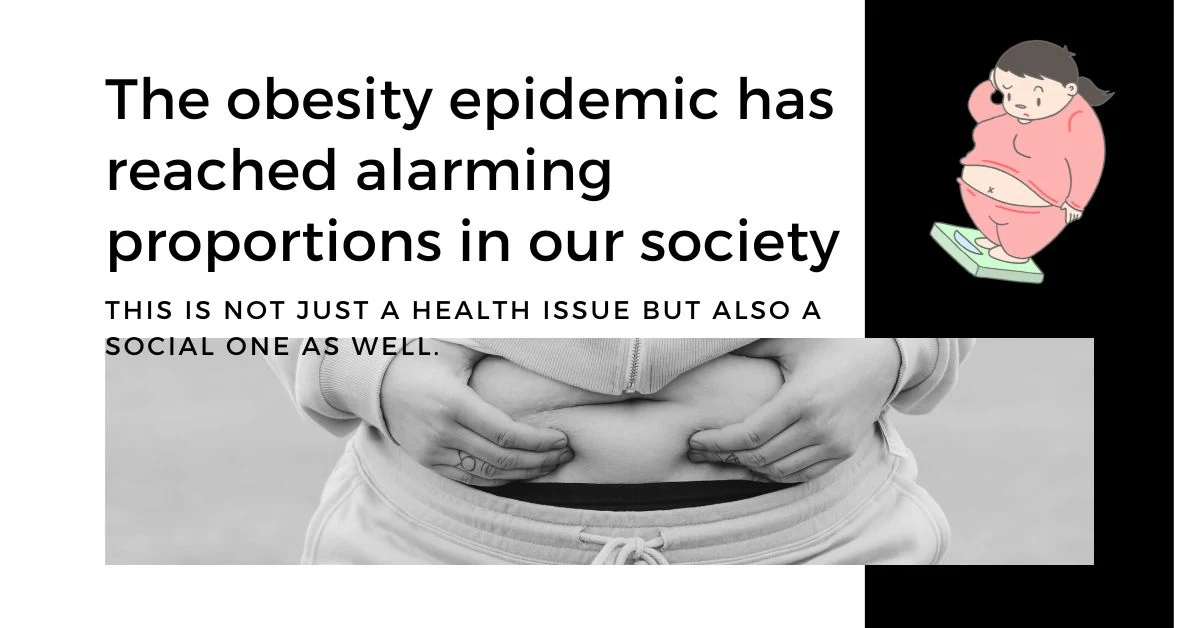Obesity Among Teenagers Is Becoming An Increasing Problem
These trends have led to increased sedentary lifestyles, decreased physical activity, and greater access to high-calorie foods.
ToC
(getButton) #color=(#0a2819) #text=(Socio-Cultural Factors) Obesity Causes and Risk Factors
Socio-Cultural Factors
Obesity levels tend to be highest in wealthier nations, such as those in North America and Western Europe. However, even low-income countries are seeing rapid increases in obesity rates. For example, in China, the number of people considered obese rose from 3% in 1991 to 14.5% in 2006.
Environmental factors and prevalence of obesity
Family factors and family history
Socioeconomic Status
The prevalence of obesity among children and adolescents aged 2-19 in the lowest-income group was 18.9%, 19.9% among the middle-income group, and 10.9% among the highest-income group.
Obesity prevalence was lower in the highest-income group among non-Hispanic Asian boys and Hispanic boys.
Obesity prevalence was lower in the highest income group among non-Hispanic White girls, non-Hispanic Asian girls, and (getButton) #color=(#de1738) #text=(Hispanic girls). Obesity prevalence did not differ by income among non-Hispanic Black girls.
The good news is that childhood obesity prevention is possible. Making small changes in your daily routine ensures your kids eat healthy foods and get enough physical activity.
This may mean encouraging your kids to enjoy fruits and vegetables, limiting screen time, and spending less time watching TV and playing video games. (getButton) #color=(#de1738) #text=(You can also encourage your kids) to participate in sports or play outside.
Childhood Obesity Facts: Obesity Rate in North America
Childhood obesity remains a serious public health challenge, particularly in North America. It impacts children's physical health and has significant social and emotional consequences.The Scope of Childhood Obesity in North America
Childhood obesity is defined as being significantly overweight for one's age and height. The Body Mass Index (BMI) is commonly used to determine obesity in children, with a BMI at or above the 95th percentile for children of the same age and sex considered obese.
In North America, the rates of childhood obesity have been a concern for some time. According to the Centers for Disease Control and Prevention (CDC), approximately 1 in 5 children and adolescents in the United States are obese. This translates to about 14.7 million young people aged 2 to 19 years old who are affected by obesity.
Trends and Statistics
While precise, up-to-date childhood obesity rates for all of North America may require further research, the United States continues to see concerning trends. In the early 1970s, the obesity rate among children aged 6 to 11 was around 4%. By 2017-2018, this rate had risen to nearly 20%. Similarly, for adolescents aged 12 to 19, obesity rates increased from 6% in the 1970s to over 21% in recent years.
These statistics highlight a concerning trend impacting children across various ethnic, socioeconomic, and geographic backgrounds. However, disparities do exist. For instance, higher obesity rates are observed among Hispanic (25.6%) and non-Hispanic Black (24.2%) children compared to non-Hispanic White (16.1%) and non-Hispanic Asian (8.7%) children.
Strategies for Prevention and Intervention
Addressing childhood obesity requires a comprehensive approach involving families, schools, communities, and policymakers. Here are some effective strategies:Promoting Healthy Eating: It is essential to encourage a balanced diet rich in fruits, vegetables, whole grains, and lean proteins while limiting sugary drinks and high-fat, high-sugar snacks.
Increasing Physical Activity: Schools and communities should provide opportunities for regular physical activity. This can include physical education classes, sports programs, and safe spaces for active play.
Parental Involvement: Parents play a crucial role in shaping their children's eating and activity habits. Education and support for parents can help them make healthier choices for their families.
Policy and Environmental Changes: Policies that promote healthy eating and physical activity, such as improving access to nutritious foods in schools and communities and creating safe environments for physical activity, are vital.
Healthcare Interventions: Regular monitoring of children's growth and development by healthcare providers can help identify and address weight issues early. Interventions may include nutritional counseling and behavioral therapy.
Conclusion
Childhood obesity is a complex and pervasive issue in North America, with significant implications for the health and well-being of future generations. By understanding the facts and trends surrounding childhood obesity and implementing effective prevention and intervention strategies, we can work towards reducing obesity rates and improving the health outcomes for children across the continent.
This requires a collaborative effort from all sectors of society to create environments that support healthy growth and development for all children.
Source & Credits:
https://consumer.healthday.com/6-21-obesity-in-teens-raises-adult-diabetes-risk-even-after-weight-loss-2653402308.htmlhttps://www.cdc.gov/obesity/data/childhood.html
https://pubmed.ncbi.nlm.nih.gov/18390579/
https://www.mayoclinic.org/diseases-conditions/childhood-obesity/symptoms-causes/syc-20354827
(getButton) #text=(Best yoga styles for calorie burning) #icon=(link) #color=(#8134af) (getButton) #text=(How does yoga improve flexibility?) #icon=(link) #color=(#348498) (getButton) #text=(Yoga vs. traditional workouts for weight loss) #icon=(link) #color=(#2339bd) (getButton) #text=(Combining yoga and meditation for stress reduction) #icon=(link) #color=(#dd2a7b)




.webp)

